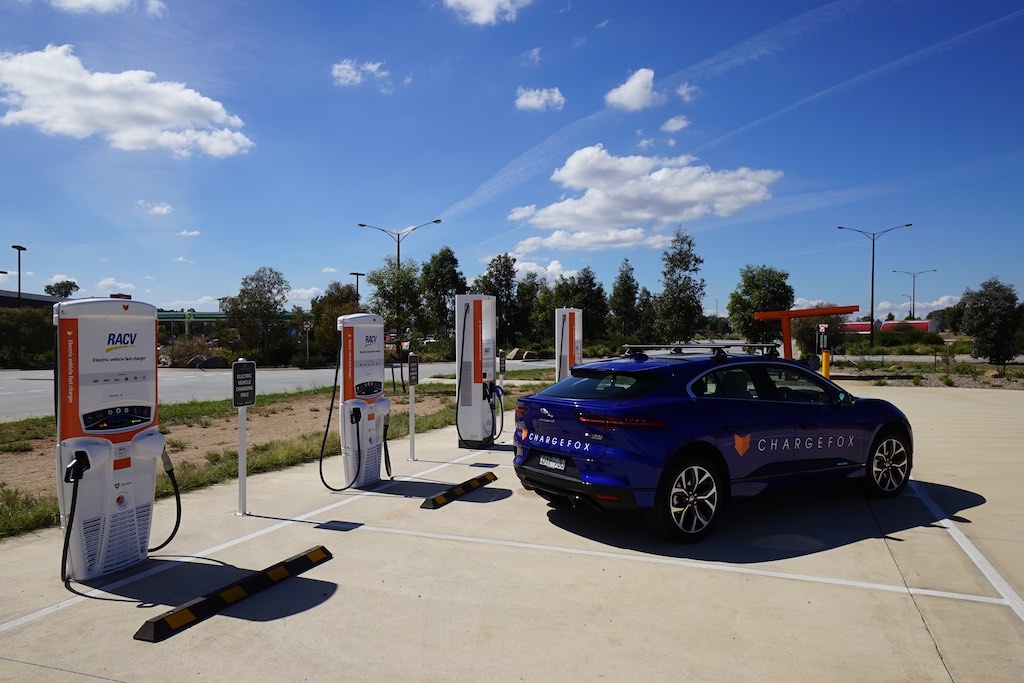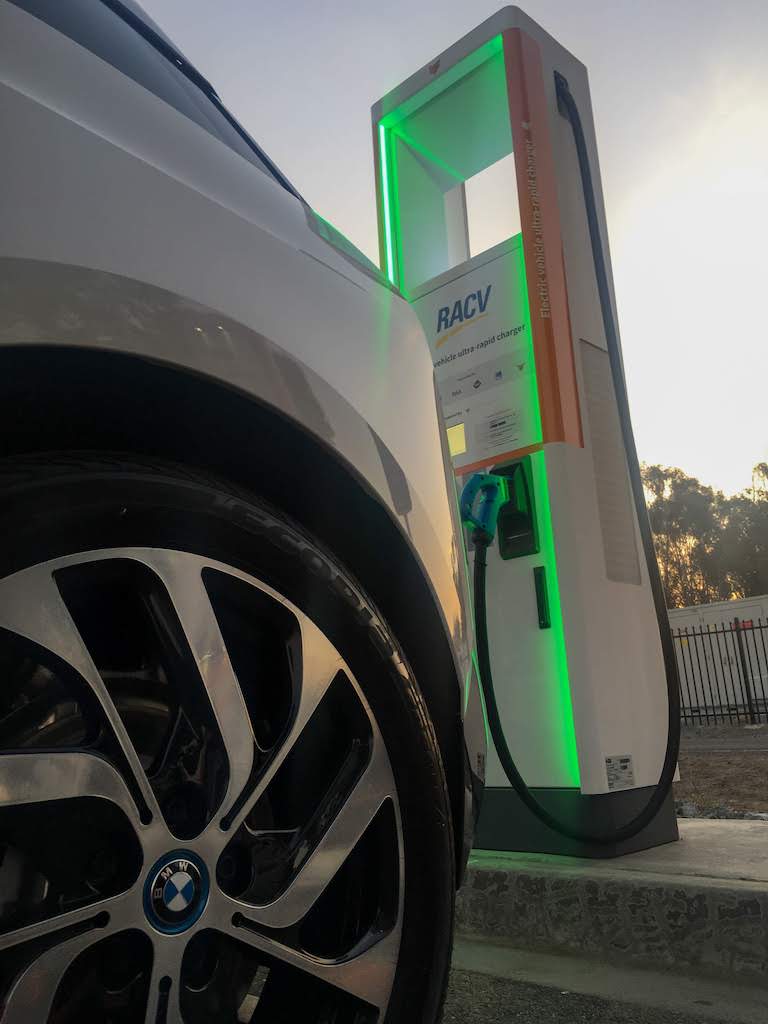Chargefox EV network leaves range anxiety in the rearview
The Chargefox EV network of 22 EV charging stations now links Australia’s largest capital cities along the eastern seaboard.

Chargefox has completed construction on Australia’s largest electric vehicle charging network, with new points now situated between Australia’s capital cities.
The project has put Brisbane, Sydney, Melbourne and Adelaide within reach for electric road trips, with additional points installed around Perth and across Tasmania.
Each of Chargefox’s new stations include at least one ‘ultra rapid’ charging point with between 150 kW and 350 kW of capacity, able to provide 200 to 400 kilometres of driving range in as little as 15 minutes.
The ‘intercity’ network was awarded $6 million of ARENA funding in late 2018, contributing to the total project cost of $15 million. Construction of the final station was completed in January 2021, with the 22 now points positioned within approximately 200km of each other, placing them well within the range of all EVs on the market today.
All of the electricity for the network comes from renewable grid power, with additional on-site solar at Torquay, Euroa and Barnawartha North. Torquay, Euroa and Goulburn also have battery storage installed, lowering the peak demand for electricity by an average of 50 per cent compared to conventional ultra-fast chargers.
Making EVs available to more people
Chargefox set out to make EV charging available to 75 per cent of the population at the outset of the project, linking established networks around capital cities with new charging points on the most trafficked highways.
The bushfires in early 2020 and pandemic slowed their rollout, but construction of the final point at Coffs Harbour was completed in January this year.
The most traffic points in the network are located around Brisbane, Sydney, Melbourne, Adelaide and Perth, with the 350 kW chargers attracting about 50% more use than the lower capacity 50 kW points on the same sites.
Early data shows most drivers are using the stations for top ups, charging for 20-30 minutes and consuming between 10 and 20 kWh of energy.
Flexing with grid
The Gundagai site is the first to have Chargefox’s dynamic charging activated to reduce loads on the electricity grid during periods of high demand.

The system allows charging to be throttled back using a system Chargefox has developed to measure the total load on the network to calculate the available power.
‘Smart’ charging like this offers a way to minimise the impact EV charging has on the electricity network, as more of the vehicle fleet is electrified. Projects led by ActewAGL, Jemena and AGL are all trialling ways to shift charging to off peak times and explore opportunities for EV batteries to help stabilise the grid.
LIKE THIS STORY? SIGN UP TO OUR NEWSLETTER

ARENA